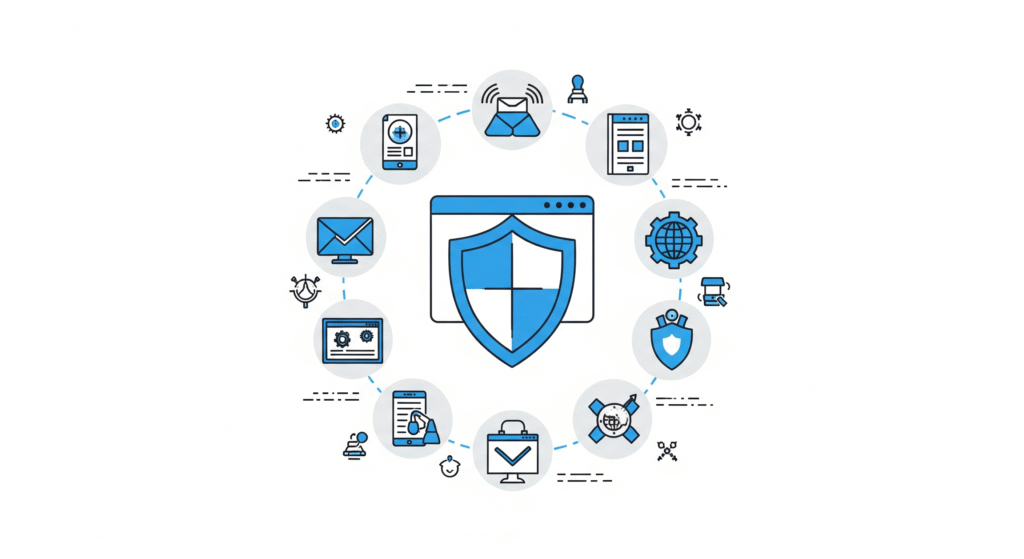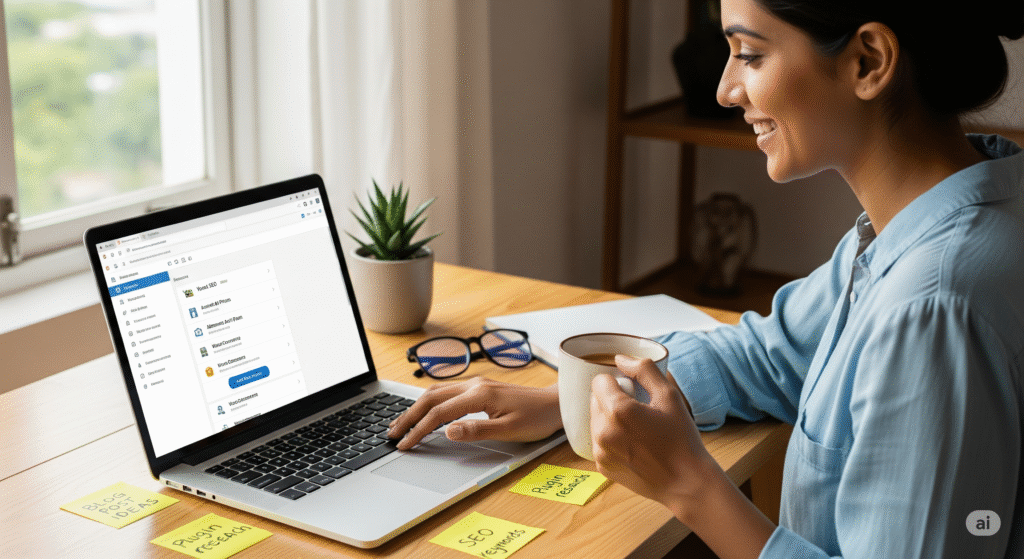In today’s digital age, having a website for your business or blog is essential. WordPress, being one of the most popular platforms, is used by millions globally, including in India. But with popularity comes risk. Hackers and cyber threats are on the rise, making website security more important than ever. Understanding website security and taking steps to protect your WordPress site ensures your online presence remains safe, trustworthy, and successful.
Why Website Security Matters
Website security is crucial because it protects your site from unauthorized access, data theft, malicious software, and downtime. A hacked website can lead to loss of customer trust, damage to reputation, financial loss, and even legal issues. For businesses and bloggers who rely on their WordPress site for sales, communication, and branding, maintaining a secure site is non-negotiable.
Common Security Threats to WordPress Sites
- Malware Infections: Malicious software can corrupt your website files or steal sensitive information.
- Brute Force Attacks: Automated bots try multiple username and password combinations to gain access.
- SQL Injections: Attackers exploit vulnerabilities in your database queries to extract or manipulate data.
- Cross-Site Scripting (XSS): Hackers inject malicious scripts into web pages viewed by visitors.
- Phishing: Fake websites or malicious emails trick users into revealing sensitive information.
Simple Steps to Secure Your WordPress Site
- Keep WordPress Updated: Always use the latest version of WordPress. Updates fix security vulnerabilities and improve performance.
- Use Strong Passwords: Choose complex passwords for your admin accounts and encourage users to do the same.
- Limit Login Attempts: Use plugins that restrict the number of login attempts to prevent brute force attacks.
- Two-Factor Authentication (2FA): Add an extra layer of security requiring a code from your mobile device during login.
- Install a Security Plugin: Popular plugins like Wordfence or Sucuri offer real-time protection and malware scanning.
- Backup Your Website Regularly: Store backups safely so you can restore your site in case of a breach or failure.
- Use SSL Certificate: Secure your site with HTTPS by installing an SSL certificate. It encrypts data between your site and visitors.
- Disable File Editing: Prevent editing of core files from the WordPress dashboard to reduce risks if hackers gain access.
- Secure Hosting Provider: Choose a hosting company known for strong security measures, firewalls, and reliable support.
- Monitor Site Activity: Keep an eye on user activity logs and unusual behavior to spot and stop threats early.
Best Practices for WordPress Users
- Choose hosting providers with data centres nearby regions for faster and more secure connections.
- Ensure compliance with IT laws and data protection regulations like the IT Act, 2000.
Conclusion
Protecting your WordPress site is essential to maintaining a professional and trustworthy online presence. By understanding common threats and applying the simple but effective security steps outlined above, you can safeguard your website from hackers and cyber-attacks. Start securing your site today and enjoy peace of mind knowing your digital space is safe and sound.
Remember, website security is an ongoing effort. Stay informed, keep your software updated, and monitor regularly to keep your WordPress site protected for years to come.



